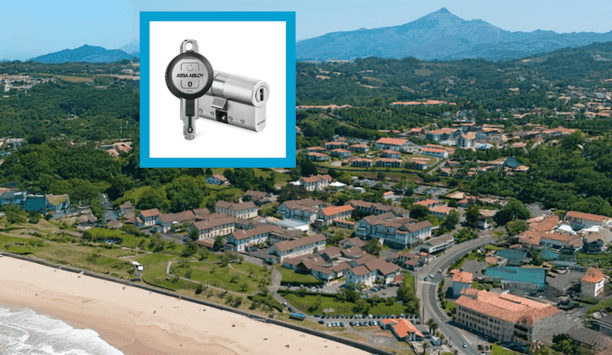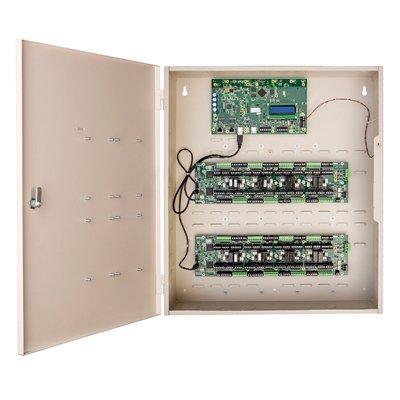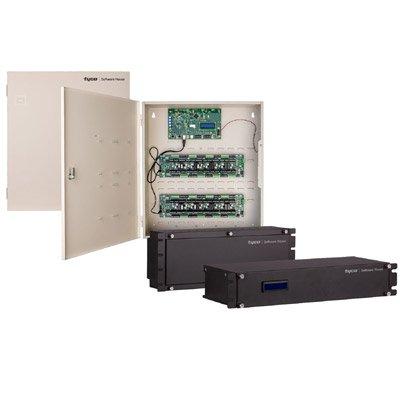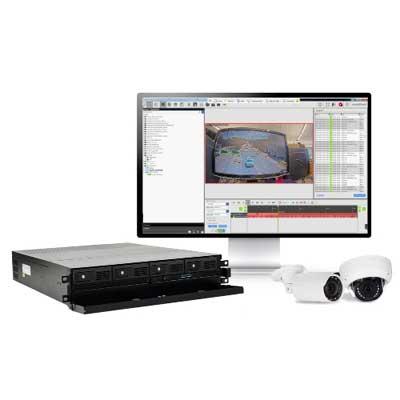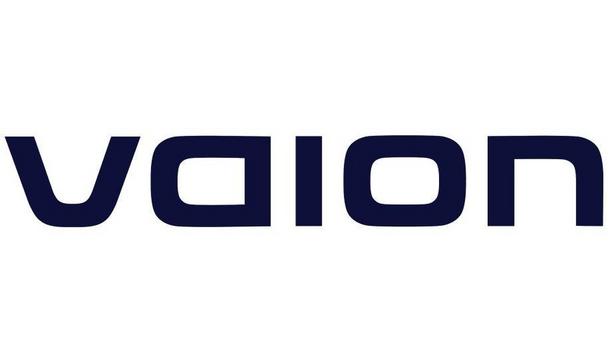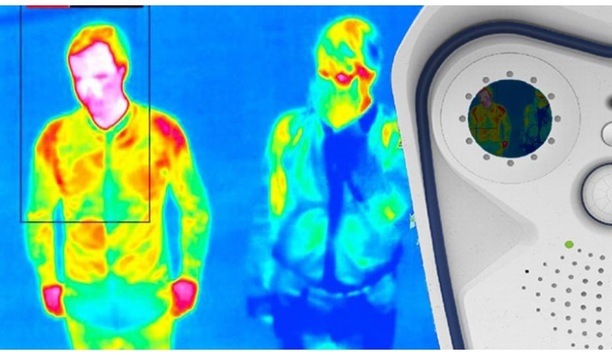Boon Edam Inc., globally renowned provider of security entrances and architectural revolving doors, has published a new guide for security professionals. Entitled, “Closing the Security Gap”, the guide addresses the risks of failing to secure entry points across a facility, as well as strategies and best practices for mitigating unauthorized entry.
By understanding how to secure a building’s entrances, professionals can implement a complete physical security plan that truly protects the well-being of their employees, physical assets, data and even brand reputation.
Mitigating risk with secure entrances
Once an intruder enters a facility, the list of potential business risks grows substantially, including catastrophic events such as violence, loss of life, and data breaches. As a result, facility entrances must be considered as part of a complete security solution during the planning phase. A secure entry mitigates risk as well as costly liabilities.
This guide discusses the top three risks to an organization, all of which are impacted to a high degree by the ability or inability of a physical intruder to gain access to the interior of a building. It also names security entrances as the only proactive solution to address the risk of unauthorized entry due to tailgating and piggybacking.
The risk equation helps organizations assess their risk by identifying threats and vulnerabilities, as well as countermeasures
Enterprise Security Risk Management
“Closing the Security Gap” also discusses the importance of developing an ESRM framework, often created by identifying each factor in the risk equation. The risk equation helps organizations assess their risk by identifying threats and vulnerabilities, as well as countermeasures, arguably the most important element for ensuring a risk doesn’t turn into a liability.
“The risk equation helps a company think about the threats and vulnerabilities unique to their facilities, and then decide whether or not the countermeasures they have in place are effective at mitigating those risks,” says Greg Schreiber, Senior Vice President of Sales at Boon Edam Inc. “This guide is essential for the security professional to understand the importance of securing the entry, and can then educate the C-suite on current risks and liabilities to address.”
Deter, detect and prevent unauthorized entry
In addition to discussing the importance of securing the entry, this free guide also explores how each type of security entrance fits into the three levels of security – deter, detect and prevent. With so many entry points around a facility, such as perimeter fencing, employee-only entrances and the main lobby, it is critical to understand your security goal at each level and which security entrance has the capabilities to fulfill that goal.
Learn why leading casinos are upgrading to smarter, faster, and more compliant systems









